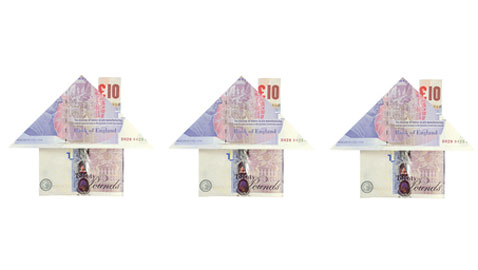
The average price paid for a house in England & Wales in April rose by £707 (0.3%) from that paid in March, according to the latest LSL/Acadametrics England & Wales April House Price Index.
Over the last 17 months the monthly price index has fallen only once (August 2012), with all the other months seeing percentage increases of between 0.0% and 1.1% in the average price.
Since August the increase in average house prices at the national level has been consistent, edging upwards with monthly percentage increases ranging in a narrow band of between 0.1% and 0.6%.
Richard Sexton, director of e.surv, said: “House prices in England and Wales climbed £707 in April, have risen £6,726 in the past 12 months and have dropped only once in the past 17 months. The catalyst has been a significantly improved mortgage market.
“Sales are 18% higher than they were last year, reflecting the improved conditions for buyers. A plethora of excellent mortgage deals are surfacing, cheaper mortgages have trickled into the market and low interest rates too have led to a boost in buyer activity. The impact of the Funding for Lending Scheme (FLS) has been significant, allowing banks and building societies to accelerate lending levels to a wider pool of borrowers. Gradually, competitive rates have emerged which should mean we will see a solid improvement to lending levels in 2013.
“A word of warning though: the strong performance of the London market is dragging up the average UK house price and glossing over weaknesses elsewhere in the country, particularly the north of England and most of Wales. This is due to the lightning fast speed of growth in the capital. Take London out of the picture and the national rise in prices falls to 1.1%. Here the widening gap is also conspicuous between housing types and income groups. London is seeing a rise of 5% (2010-11) and 5.7% (2011-12) in properties sold for £1 million plus, while the rest of the country sees a drop of -5.3% and -8.5%. London’s share of the whole £1m market and £2m property market has grown rapidly, outdoing its counterparts, suggesting wealthy buyers still form a disproportionately large share of the market.
“Despite difficult funding challenges, the Government’s attempts to steer the housing market have been vital to the progress it has made so far. The property market has been recognised as key to a healthy economy. Numerous measures, such as the FLS, the Help to Buy, New Buy and First Buy, designed to stimulate lending for development and mortgages, are being taken to stimulate the market against strong economic headwinds. At the moment, the FLS needs to be improved in scale before we are to see a more substantial effect. In order to unlock increased LTV lending in a controlled way, lenders need the constraints that require them to hold 8 times more capital in reserve for advances over 60% LTV to be loosened. Unless these constraints change, alongside the increased cheaper funding availability, lenders will find it hard to extend lending to many hard pressed first time buyers.”